Medicinal Chemistry 2023 Meeting & Hospitality
Address
The City
About City:
Wean is one of the nine states in Austria, and Vienna is the largest metropolis. One-third of Austria's population, or 2.9 million people, live in the metropolitan area surrounding Vienna, the country's most populated city and primary metropolis. It also acts as the nation's political, economic, and cultural hub. It is the largest city on the Danube and the sixth most populous city in the entire European Union.
Vienna had a population of two million at the start of the 20th century, making it the largest German-speaking city in the world before the Austro-Hungarian Empire fell in World War I. It is currently Germany's second-largest city after Berlin. Many people live in Vienna.
The metropolitan area around the city, which has a population of 3 million, also includes the neighboring city of Bratislava. In 2001, the city was designated as a UNESCO World Historic Site.
Vienna is known as the "City of Music" and has a long musical tradition because many famous classical musicians, such as Beethoven and Mozart, called Vienna their home.
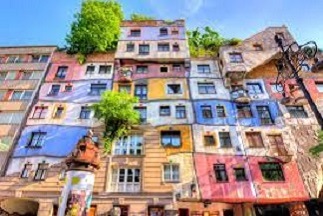
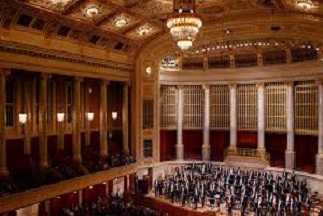
History:
There is evidence of continued human habitation in the Vienna region stretching back to the time when the Celts first settled near the Danube, around 500 BC.
They’re remained tight ties with other Celtic peoples over the years. Both Saint Fergil (Virgil the Geometer), who served as the bishop of Salzburg for forty years, and Saint Colman, an Irish monk (also known as Koloman or Kolman, Irish Colmán, derived from colm "dove"), are interred in Melk Abbey. In the twelfth century, Irish Benedictines founded monastic communities; evidence of these ties can still be seen at Vienna's large Schottenstift abbey (Scots Abbey), which once housed many Irish monks.
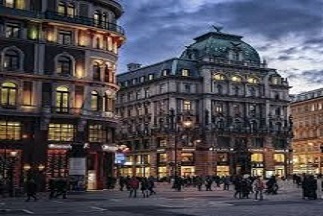
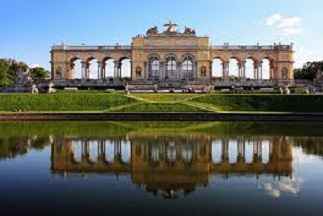
Economy:
One of the wealthiest regions in the EU is Vienna, which contributed 25.7% of Austria's GDP in 2013 with a gross regional product of EUR 47,200 per person. That equals 159% of the average for the EU. The city rose in the rankings of the most economically powerful cities from 2012 to 2015, landing at number nine.
The service sector is Vienna's largest economic sector, accounting for 85.5% of gross value added. The primary sector (agricultural) has a share of 0.07% and hence has a small impact on the local added value, while industry and commerce account for 14.5% of gross value added. Yet, the growing and making of wine within the city limits have significant socio-cultural value. Trade (14.7% of Vienna's added value), scientific and technological services, real estate and housing operations, as well as the production of commodities, are the most significant commercial sectors. Vienna had a significant role as an international center for both domestic and foreign businesses in 2012, contributing over 60% of Austria's departing and incoming foreign direct investments.

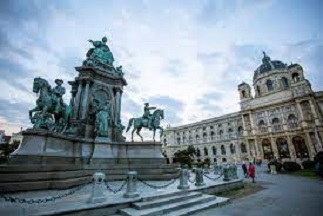
Climate:
Vienna has an oceanic climate (Köppen classification Cfb). Average high temperatures in the city range from about 21 to 27 °C (70 to 81 °F) from June to September. Warm summers with sporadic precipitation, which peaks every year in July and August, are the norm in the city (66.6 and 66.5 mm, respectively). In the relatively dry and chilly winters, the average temperature is rather low. While spring is erratic, autumn is frigid with the prospect of snowfall as early as November.
Directions